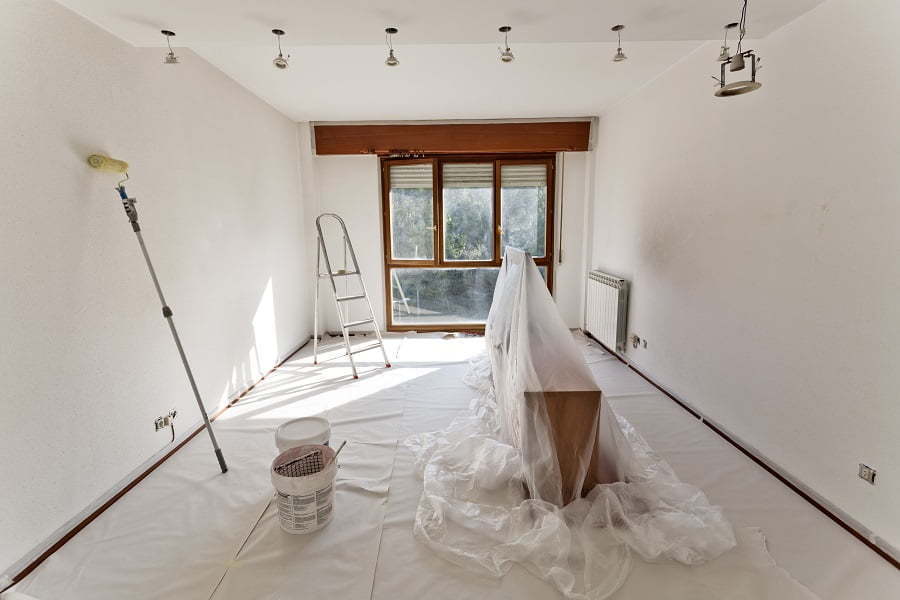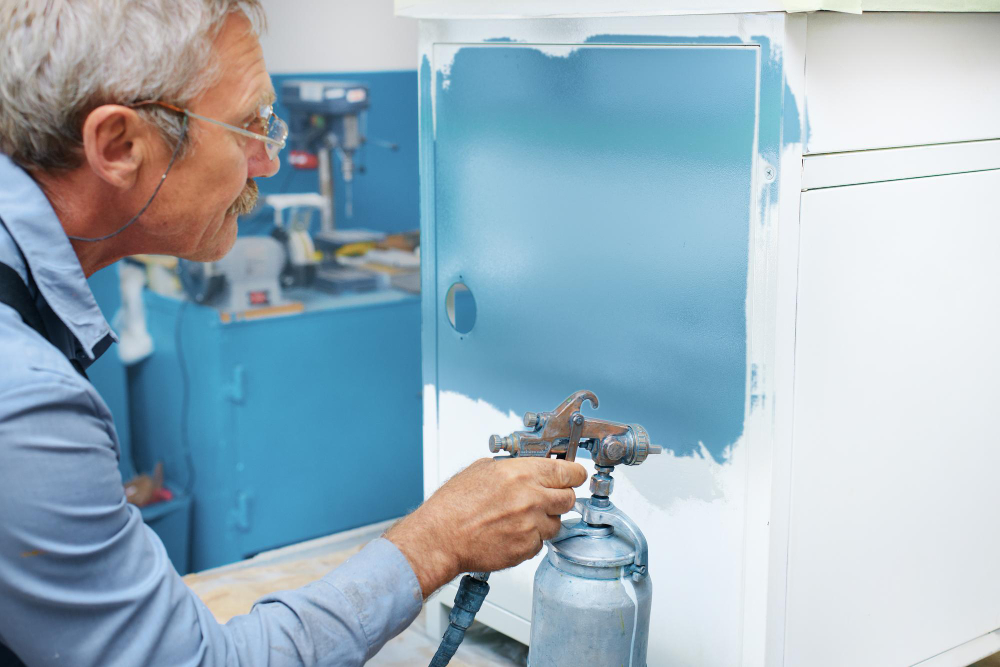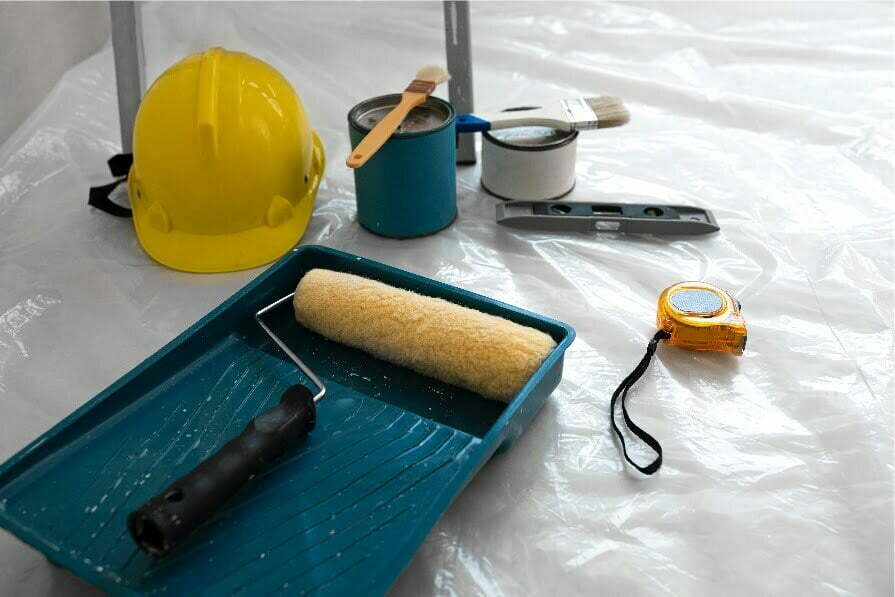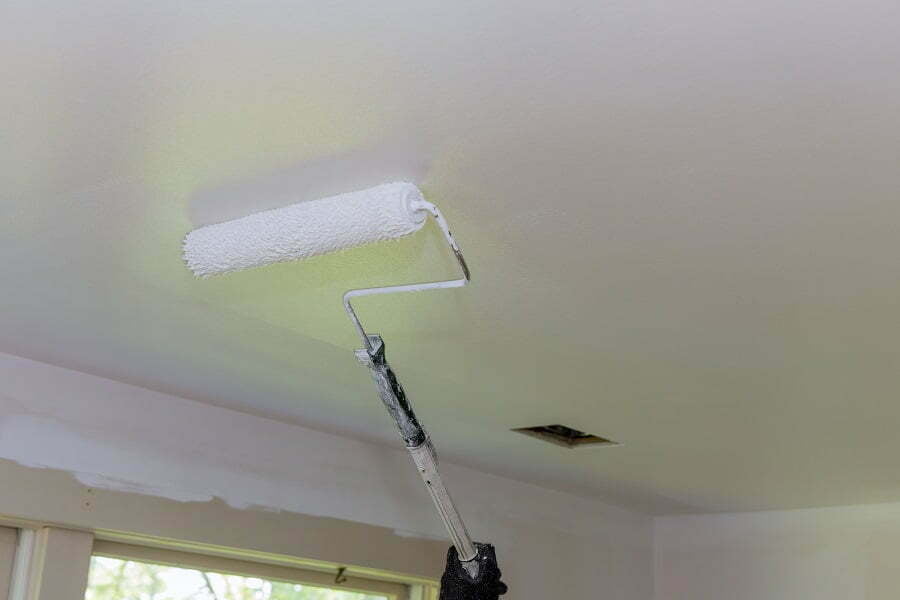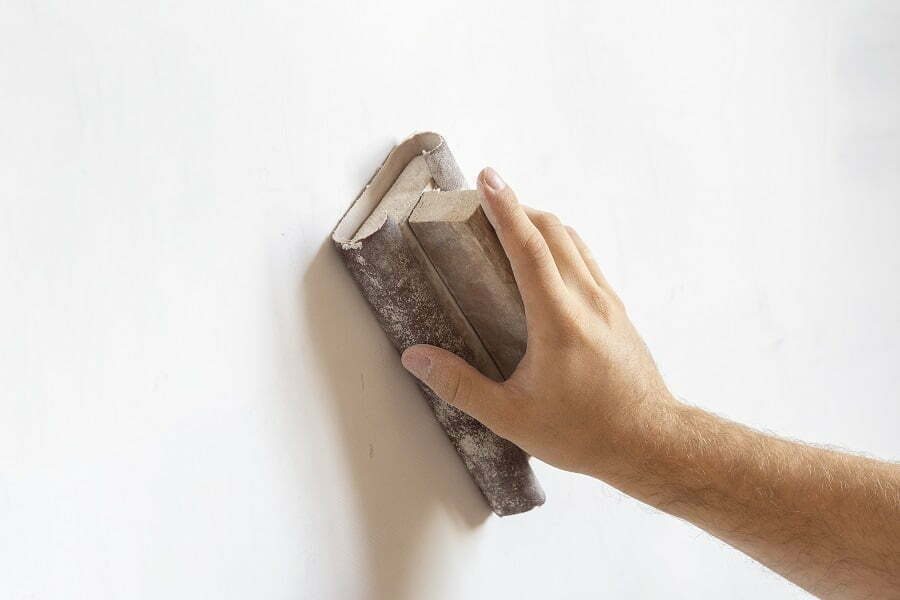Last updated on
In short, it can take from 1 to 24 hours. The long answer is: it depends. So here are all the factors that influence how long it takes for a primer to dry. Read on!
Painting projects are tasks that everyone encounters at some point in their lifetime. Whether you are painting your bedroom, refinishing an old dresser, or redoing the outside of your home, it is essential to know what steps to make your project perfect.
Many people do not take into account the time it takes for each coat of paint to dry, and may even skip primer altogether to make the project go faster. Skipping primer is often counterproductive as it requires more layers of the finish paint. Removing primer from the equation usually results in the same, or more, coats of the final paint color.
There are quite a few tips you can use to make your painting project go smoothly, and one is to let your primer dry and cure fully before applying the color coat of paint. Primer drying times are affected by many factors, and it is vital to know what they are before starting your project.
Here are some tips from professional painters to help your primer dry quickly.
Type of Paint
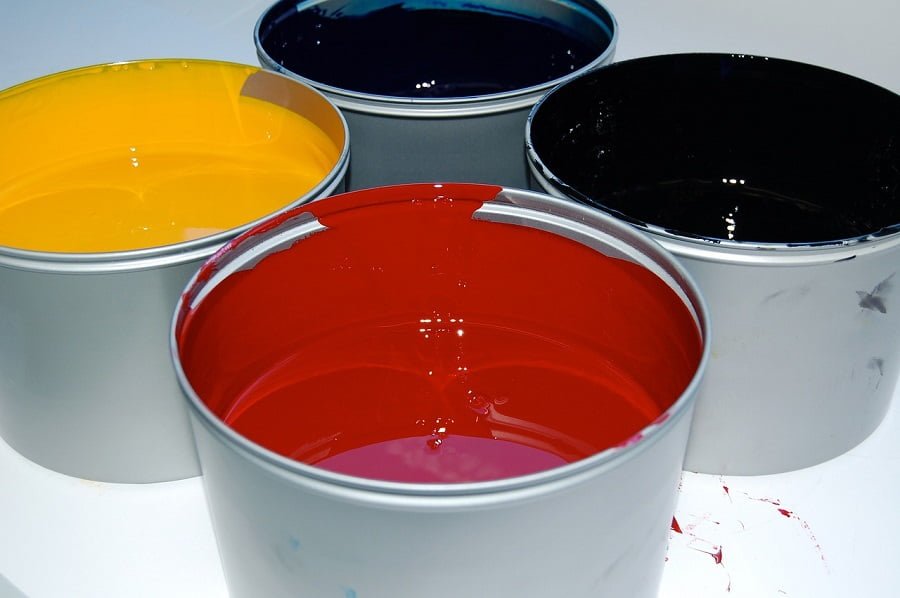
There are two main types of primers that you will encounter when at the store: Oil-based and water-based primers. These paints have different drying times and can vary by brand and quality as well.
For a completely dry primer coat, it can take between 1 hour and a full 24 hours before the next coat can be applied. The times are dependent on the conditions you are painting in and what brand of primer you have. Check the manufacturer’s recommended dry time for each primer you select, as they could be drastically different.
Water-based primers tend to dry faster than oil-based, but it is recommended that you use the same type of primer as your finished paint type. An example is if you have water-based paint as your color coat, use a water-based primer.
Air Temperature and Humidity

Primer dries faster in a dryer environment. This does not mean that you can’t paint when it is raining outside. It just means that there are more steps to take to provide yourself with the optimal environment for priming your surfaces.
If you already have dry air in your home, or the space you are painting, you will be one step ahead. For those in humid climates or with high humidity inside the house, dry the air out in advance by running the heater or air conditioning.
Both of these will dry the air out over time and create a better painting environment. The heater running in your home has the added benefit of making the primer dry even faster. Paint dries faster in warmer temperatures than in cooler ones and can help move your project along more quickly.
Ventilation
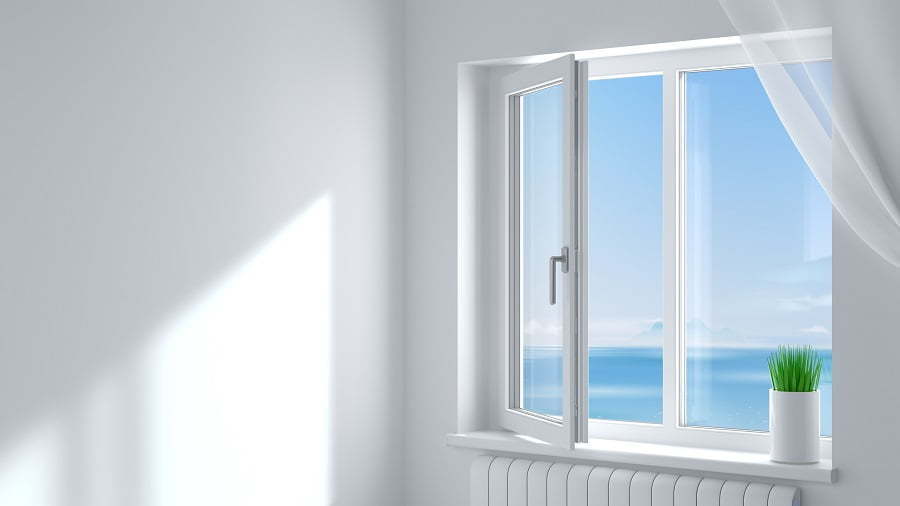
Along with humidity and temperature, ventilation is another aspect of your space to analyze. If you have warm, dry weather outside and can open your windows in the room, this will circulate the air and keep the air warm and dry.
If you do not have windows or are painting outside, consider using a fan. Aim the fan to blow sideways along the surface of what you are painting rather than pointing it directly at it. This will keep the air moving and help your primer dry faster.
Be sure there is nothing around your project that can get stuck in the wet primer. If your project is near dirt or sand, it is a good idea to cover the sand or dirt with a tarp or painter’s plastic to prevent it from adhering to your paint.
The Surface You Are Painting
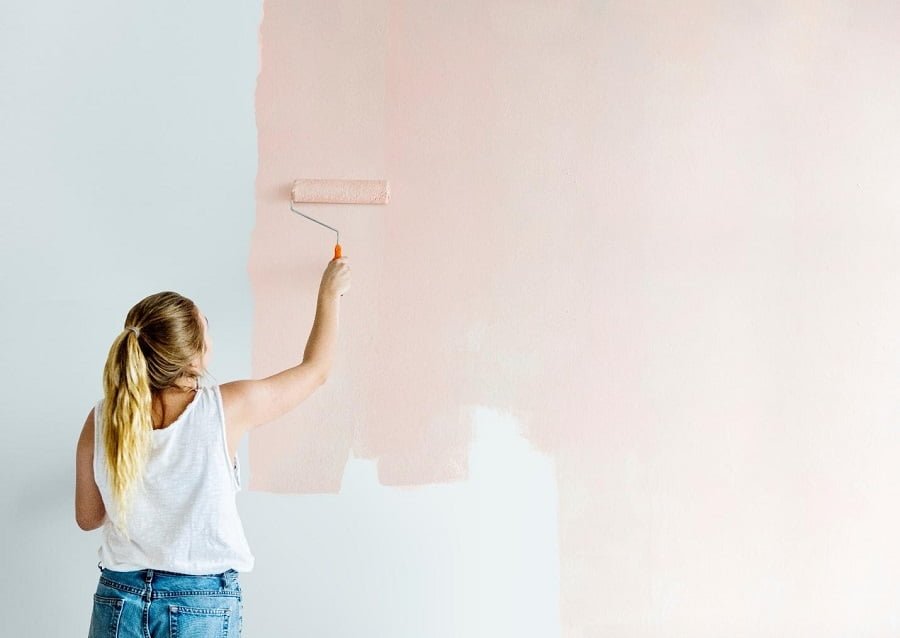
If you are painting a wall or ceiling, water-based paint is more commonly used because it is a low trafficked surface. Oil-based primers are used on doors and window frames, which are higher trafficked surfaces.
Oil-based paint is suggested for metal or solid wood, as it is less porous and will likely need a thicker coat of paint. If you have questions, ask the employee at the desk if they have a suggestion. Many employees working in the paint department have been trained on what type of paint works best for your project.
Method of Application

Everyone knows that the basic things you need to paint a surface are some type of roller and a brush. If you do small painting jobs, these tools are not extremely expensive and can last for more than one or two uses if taken care of. Rollers and brushes put a thick coat of paint on the surface and make the primer take longer to dry when only a thin coat is needed.
Paint sprayers that coat the surface in a thin, smooth layer of paint can improve drying time but can be more challenging to master. If you are doing multiple painting jobs or want to “paint like the pros,” consider investing in a paint sprayer. These can shorten the job and save your back and neck.
The Takeaway
There are many different brands of primer and multiple selections within each brand. You wouldn’t be reading this article if you didn’t want to learn how to best use primer, and you should extend that research to find what fits your needs and budget.
Use caution when finding cheap primer, paint, brushes, and rollers because you will most likely end up spending more money back at the store, getting the better materials you needed all along.
You can also choose to use a 2-in-1 paint and primer if you want to get the job done even faster. These are the simplest way to get the benefits from the primer without the hassle of doing multiple coats.
Primer makes a considerable difference in the outcome of your project. Not only does it allow your color coat to shine with its true color, but it also makes your paint last longer, and you won’t have to repaint it as soon as you would with only the color coat. If you follow some or all of these steps, your painting task will be easier and more enjoyable than you ever thought possible.
Recap
Liked this article? Here's what you can read next:
